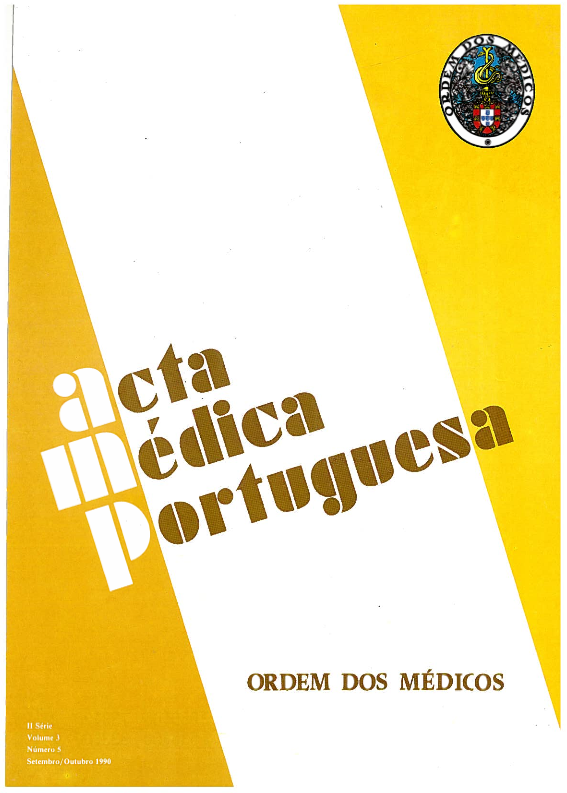Medical schools: training workshops?.
DOI:
https://doi.org/10.20344/amp.4578Abstract
1--The aim of the medical course should be the training of doctors. 2--The advances in the medical sciences that took place over the last thirty years have caused profound changes in the professional, institutional and social aspects of medicine and in the professional profile of present doctors. Teaching of the basic sciences (biological and other) relevant to the medical sciences can not be done inside the medical course. 3--Medical Schools should elaborate an inventory and taxonomy of their educational objectives, after consultation with outside institutions involved in the delivery of medical care, as a first step in the design of their curricula. 4--A first degree in biology should be considered as a minimum requirement for entry in a Medical School. 5--The main aim of the pre-clinical training should be the integration of basic knowledge in biology and other relevant areas, in order to understand how the normal human body works and should involve staff from the clinical sectors of the Medical Schools. 6--An integrated curriculum should be gradually introduced. 7--In the pre-clinical years formal teaching (lectures and demonstrations) should be reduced to a minimum. The main activity of students should be the performance of tasks as individuals or integrated in small groups, with involvement in the clinical activity of the school taking place very early. 8--The student should be required to build a detailed CV throughout the course, which will be a log book of his training, to be used in the final evaluation of his academic achievement. 9--A system of formal supervision of the students should be created.(ABSTRACT TRUNCATED AT 250 WORDS)Downloads
Downloads
How to Cite
Issue
Section
License
All the articles published in the AMP are open access and comply with the requirements of funding agencies or academic institutions. The AMP is governed by the terms of the Creative Commons ‘Attribution – Non-Commercial Use - (CC-BY-NC)’ license, regarding the use by third parties.
It is the author’s responsibility to obtain approval for the reproduction of figures, tables, etc. from other publications.
Upon acceptance of an article for publication, the authors will be asked to complete the ICMJE “Copyright Liability and Copyright Sharing Statement “(http://www.actamedicaportuguesa.com/info/AMP-NormasPublicacao.pdf) and the “Declaration of Potential Conflicts of Interest” (http:// www.icmje.org/conflicts-of-interest). An e-mail will be sent to the corresponding author to acknowledge receipt of the manuscript.
After publication, the authors are authorised to make their articles available in repositories of their institutions of origin, as long as they always mention where they were published and according to the Creative Commons license.









